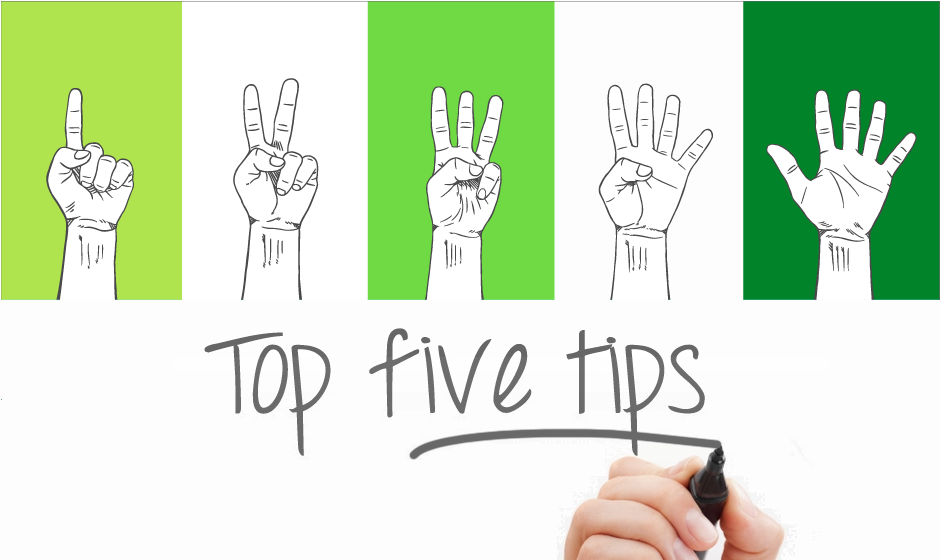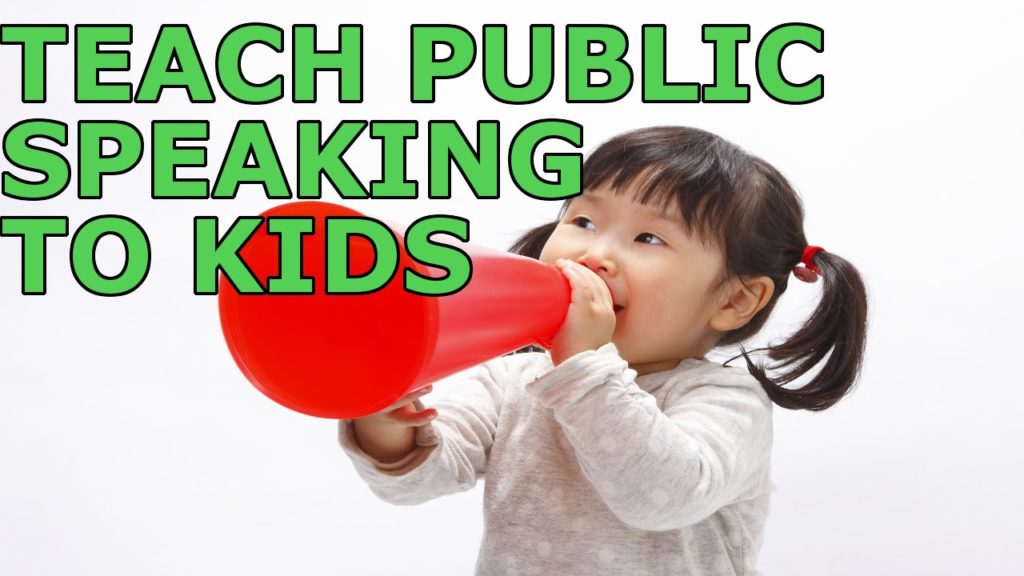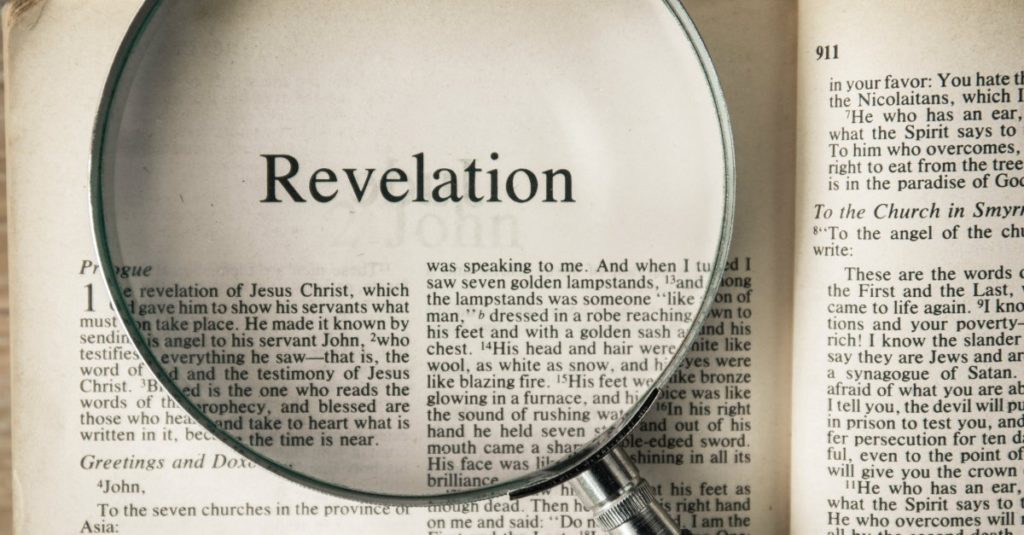
5 techniques that can be used in public speaking (individually or combined together):
HARMONY

Show your human side to lower the natural distrust of others starting to establish an emotional connection with the public. Some examples could be:
-
-
- Look immediately at people in the eye and smile, look at the whole audience smiling and then one or two people in the eye;
- Show our vulnerability. If we admit our nervousness or tension openly, often people encourage us and show to cheer for us;
- Use irony, know how to make laugh without exaggeration. Self-irony can also be useful.
-
STORYTELLING

Telling stories about us or people close to us, that speak authentically of feelings and that can lead the public to “become attached” to us. To be honest and non-manipulative, for example, we need to ask ourself
how we could tell that specific story to a group of old friends who, if not authentic, would immediately unmask us.
EXPLANATION

The condition of wanting to explain something to the public, maybe something that concerns our sector and that the public ignores or can find complex. We can:
- Set off from where the audience is;
- Ignite curiosity (something that asks the public, why? How?) And know how to feed it during the speech;
- Introduce concepts one at a time, using metaphors and giving examples to help the public understand those concepts;
- Never assume that everyone knows the terms or concepts we handle every day.
Firs of all, pay attention to take care of the logical connection between one concept and another, so that there are no logical holes or passages that remain unrecognized to the public.
PERSUASION

If we want to encourage a change in the view of the interlocutor’s world, we must prepare the ground, one step at a time, before arriving at the main argument. We need to use examples or metaphors to suggest a path, which is what we want to suggest, leading the person to consider what we say as more and more truthful. Once the ground is prepared and a direction channeled, the most powerful tool is the reason so we must proceed with a rational argument, made of small steps:
- The starting point is something that the public considers true (X), the argument connects X to something else (y), so if X is true then Y will also be true;
- Detective story: To submit to the public an enigma to propose different possible solutions and to exclude them one by one until there is only one, the one we support, and the public will have followed our logical path coming to gradually persuade;
Reason and logic can be reinforced by tools that appeal more to the world of emotions (the anecdotes that explain how we are passionate about the topic, effective examples, refer to confirmations by external authorities, use visual impact tools such as graphs, etc etc.)
REVELATION

Show an idea to the public through images, make practical demonstrations, videos, etc etc. Tell a dream, a fascinating and engaging future scenario, something that could for example be possible in the future. It is good that there is a common thread that links all the steps and that is made known to the public.
